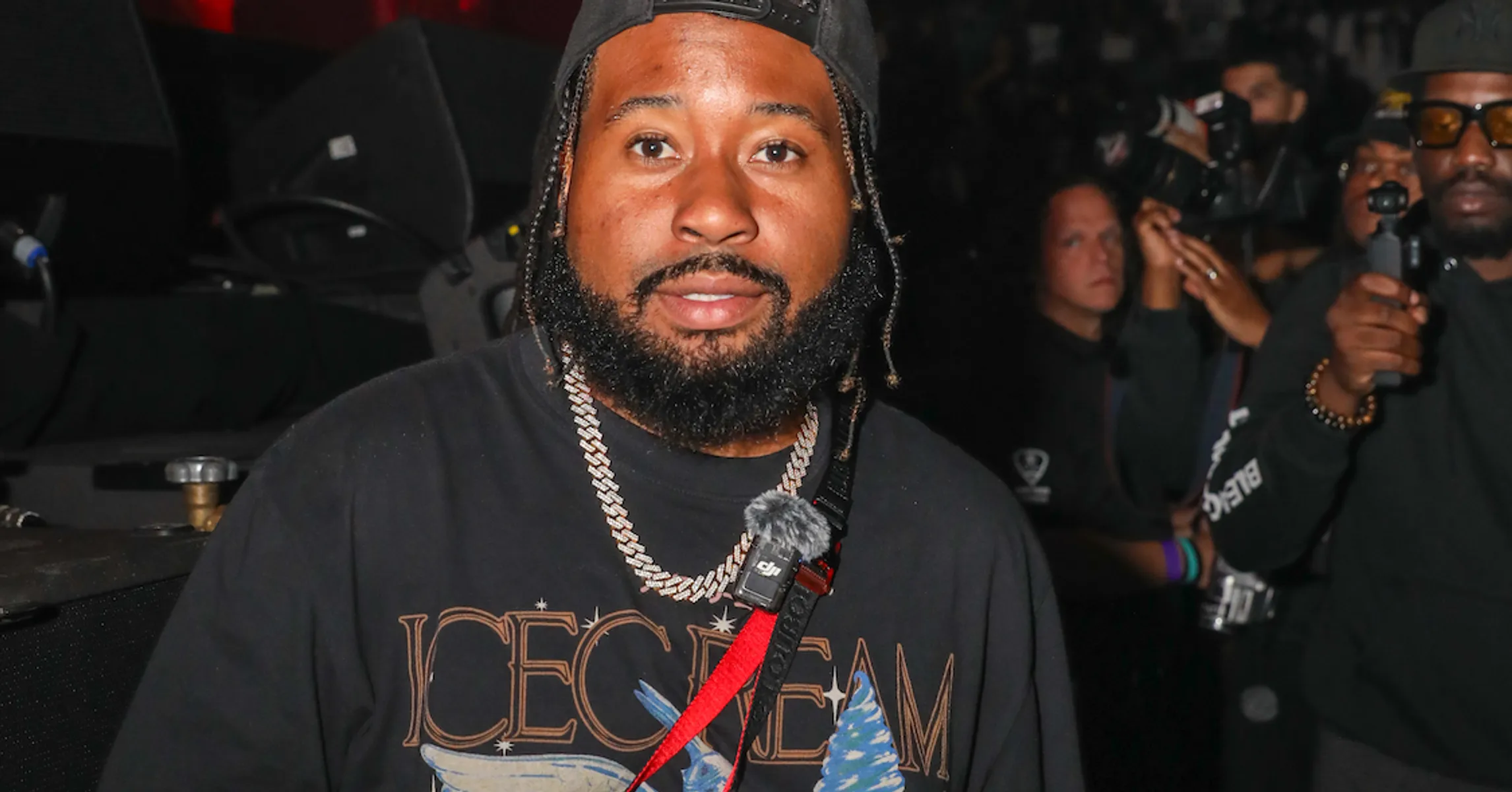By Austin Crail,Contributor,Will Carlin
Copyright forbes

As schools increase spending on revenue sports, it’s worth remembering that so-called “niche” activities quietly achieve what big programs never will: fulfilling the university mission.
So called “niche” sports at colleges and universities quietly produce healthier, more successful, and more involved students and alumni.
Photo by Austin Crail, College Squash Association
A few years ago, the College Squash Association began asking a simple but important question: what is it that universities value most? To answer it, we reviewed more than 120 college and university mission statements. While the words varied, three themes were foundational across them all: they strived for their students to graduate with healthier and happier lives, successful careers, and a strong sense of community.
Extracurricular activities—whether theater, music, art, dance, or athletics—play an essential role in advancing these priorities. Beyond performances, exhibitions, or competitions, they broaden access by offering students diverse ways to find belonging. They cultivate leadership, creativity, resilience, and time management—skills that serve graduates well far beyond college. And they shape the culture of an institution, creating shared experiences that build loyalty and strengthen alumni bonds.
Within athletics, the major revenue sports such as football and basketball clearly have an important place. They generate excitement, build visibility, and in some cases fund significant portions of athletic department budgets. But when we ask which sports most directly serve the broader mission of universities, those sports aren’t the answer; it’s so-called “niche” or lifetime sports—such as golf, tennis, squash, swimming, running, and others—that students play long after graduation and provide profound long-term benefits to health, career development, and community-building.
When alumni were asked decades after graduation which activities (including specific courses, fraternity and sorority membership, and other activities like Toastmasters) would have been most valuable for their careers, golf topped the list of all activities, with tennis and squash ranked second and third among sports, respectively. Lifetime sports, in general, map directly to the core university missions.
MORE FOR YOU
And squash is perhaps the most stellar of them all.
Health. One of the virtues of playing an organized lifetime sport is that, in the midst of formative and busy college lives, student-athletes must find time to cultivate permanent healthy habits. Tennis, golf, running, and swimming all promote lifelong physical activity and wellness, extending far beyond the college years. Squash is even better, as it has been widely recognized as the world’s healthiest sport (despite tennis’s recent branding effort to take the title for themselves), rated number one by Forbes for its cardiovascular, strength, agility, and injury-prevention benefits.
Career. Golf has long been a cornerstone of business networking, but squash ranks just behind it. As one former college squash player put it, “Every single job and client I’ve had in my career has come through a squash connection.” Firms often value athletes because they demonstrate discipline, resilience, and focus—traits directly transferable to professional success. And because squash is the toughest cardiovascular sport played with a ball (ahead of water polo at number two and soccer at number three), players rate particularly high on those desired traits.
Community. It’s long been found that students who affiliate themselves with a school group (singing, theater, orchestra, debate, fraternities, and sororities, for example) have a stronger sense of community than students who don’t. Lifetime sports foster some of the strongest alumni bonds of all. At Yale, squash players ranked first among all student groups—academic, extracurricular, or athletic—in donor participation. Williams, Penn, and Connecticut College found similar results. That speaks to the enduring sense of connection and loyalty cultivated through the sport.
What makes golf, tennis, and squash especially powerful is that each has a national program that combines sport with academic coaching to expand access for less-advantaged young people. The First Tee in golf, the Squash and Education Alliance in squash, and the National Tennis Foundation in tennis have all been stunningly successful in opening doors—helping students from under-resourced communities develop both athletic and academic skills, earn college opportunities, and go on to compete at the collegiate level. These initiatives prove that lifetime sports are not only for the privileged; they are powerful engines of opportunity and mobility.
What’s more, many U.S. Olympians sharpened their skills on college teams, and universities proudly celebrate when their students and alumni compete on the world stage. Fellow students, too, bask in the glow of their classmates’ success, sharing in the pride of seeing one of their own represent both school and country. Squash is honored to join this tradition with its first Olympic appearance at the 2028 Games in Los Angeles—a milestone that underscores the global relevance of so-called “niche” sports and the role colleges play in nurturing that excellence.
Taken together, golf, tennis, squash, and other lifetime sports are not just games. They are engines of health, springboards for careers, and anchors of community. They cultivate habits that last a lifetime, create networks that open professional doors, and inspire the kind of loyalty that keeps alumni connected long after graduation.
As Division I schools devote more resources to funding elite athletes in revenue sports, they face an equally important responsibility: to expand access and support for lifetime sports. Doing so ensures that universities live up to their highest mission—not just producing champions on the field, but preparing healthier, more successful, and more connected citizens for the world beyond it.
Will Carlin is the Chairman of the College Squash Association.
Editorial StandardsReprints & Permissions



